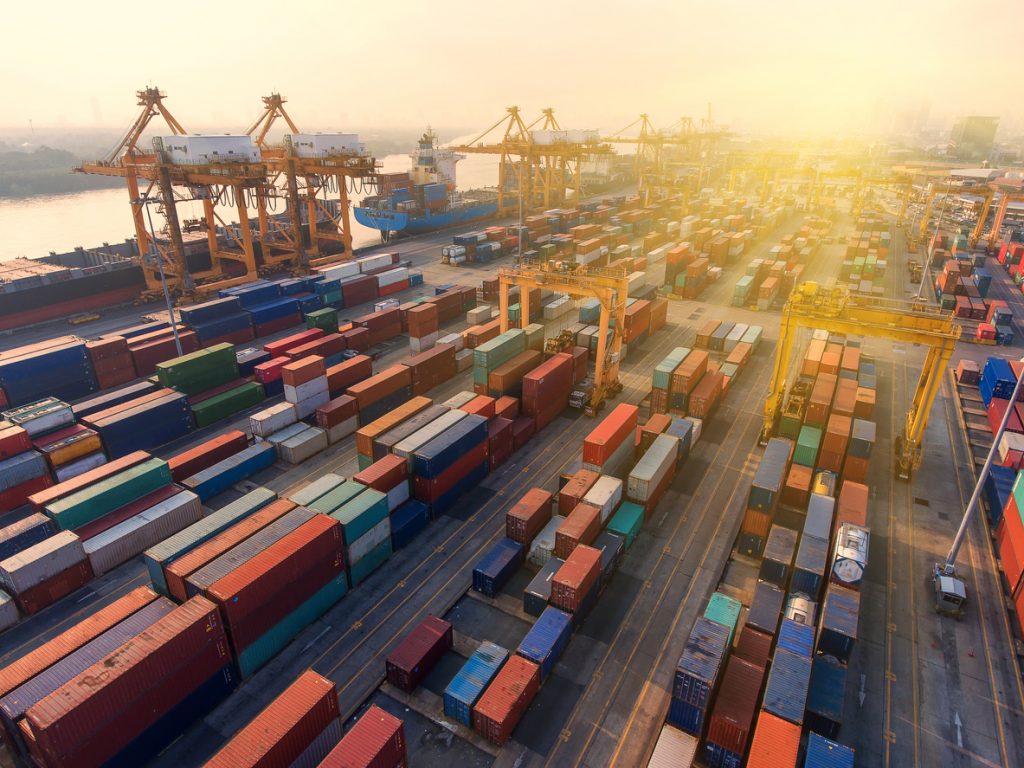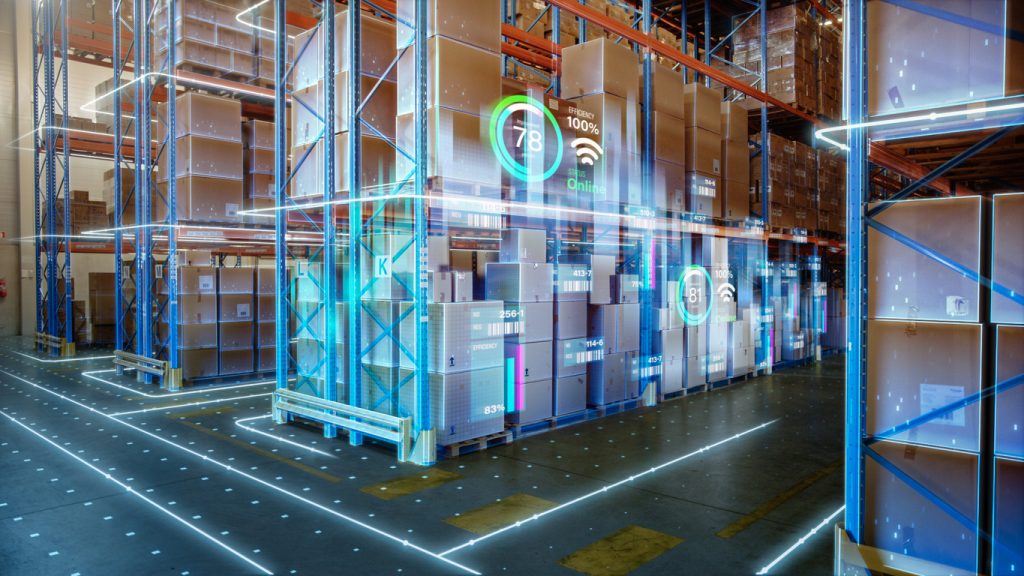How can businesses support the supply chain and add value in the face of demand?
As we begin to approach 2022’s peak supply seasons, many logistics businesses are still struggling to meet demand in the wake of an unprecedented concoction of events. Brexit, Covid-19, and the economic climate as a result have put businesses in a position where they need to be able to consistently react to fluctuating volume and cost pressures.
But, there are several conflicting factors at play. Supply chain costs continue to sky-rocket, with costs of shipping containers up at least seven-fold in the 18 months since Covid-19 hit here in the UK, and oil prices continue to rise. Supply chains are also still backlogged as a result of pandemic shutdowns and extenuating circumstances like the Suez Canal closing. In addition to this many are still coping with the aftermath of Brexit and the implications on their driver workforces, as well as the free movement of goods. Meanwhile demand does not seem to have been dampened.
Our supply chain needs to be more resilient than ever before in order to continue to deliver to our customers and the end consumer. So, in the wake of this whirlwind, how do we make it possible to continue to add value through logistics operations, remain competitive, and turn a profit?

Integrated logistics
Integrated logistics is a strategy that is giving logistics businesses more and more of the flexibility and resilience they need to respond to all the factors currently at play in this climate. It essentially ensures that all departments and resources are working towards the same end-goal. Collaboration is key with integrated logistics, by working to find innovative solutions across logistics operations, rather than just in one department, processes naturally become more integrated, efficient and effective.
Never before has it been more important to add value across the whole of the supply chain, which is why an integrated logistics strategy is so critical. There are many cogs in the machine, and while logistics businesses must deliver on their part, it can’t simply start and end there – it’s not just about physical delivery anymore. Businesses should be taking responsibility for finding ways in which they can deliver continuous value for customers in new ways.
3 ways to add value as a logsitcs business
How can you integrate your logistics operations and processes more effectively to provide added value for customers?
1. Prioritise agility
Agility is one of those buzzwords of the moment for business – but for good reason. With such fluctuating demands, needs and circumstances across the UK and globally, logistics businesses must become more agile if we are to improve supply chain resilience and deliver value for our customers. A 2021 report from Gartner shows that agility is a top priority for supply chain professionals, with 89% planning to invest in making supply chains more agile. It’s clear that agility and resilience go hand-in-hand as well, as 87% also recognise the necessity to invest in making supply chains more resilient.
Look to prioritising systems and processes that give you more visibility of information, with the power to harness data so you can make responsive decisions in real-time. Visibility and communication across departments and channels is essential to be able to pivot with change as it happens.

2. Look at the bigger picture
Now more than ever it’s important for logistics businesses to look at the bigger picture, to look outside of individual processes, departments, organisations even and consider the supply chain from an end to end perspective. We should be looking to collaborate vertically, beyond adjacent partners and processes, liaising with competitors and working with customers to find solutions that will create value for all parties.
Think about mutual buying power. Larger operators have huge buying power, and collaborating with what would usually be seen as a competitor can open up opportunities to procure fleets, reduce costs to serve, and fulfil customer needs.
3. Optimise your assets
In the current climate, with demand to meet and costs increasing it can be difficult to operate competitively, but there are ways to add value without simply being the cheapest operator on the market. Again it’s about that integrated strategy, looking holistically to see what resources are available, and what assets you already have that can be optimised.
As a business, think about your people, your fleet, your skills. What can you offer to your customer that’s different? That might be creating campus pools of labour within a dedicated geographical area to be able to meet needs for demand more flexibly. Or think about opening in-house training and skills development opportunities up to your customers, or looking at what technology you’ve invested in that can enhance your services – from new specs of vehicles to more visibility of information for your customers.

A common goal
I think the common theme coming up here is that collaboration is going to be so much more essential for logistics businesses moving forward. Collaboration within organisations, collaboration of resources, but also collaboration across the supply chain.
There are of course challenges to overcome with this approach – giving up potential commercial advantage, customer infiltration – but I do believe we are at a bit of a now or never crossroads, and the benefits for the supply chain as a whole outweigh individual hesitation. It’s not about harbouring resources, connections and customers for the sake of ourselves – the industry won’t survive this way. It’s about supporting that resiliency and making the most of resources from end to end to find hidden value and still get the job done.


